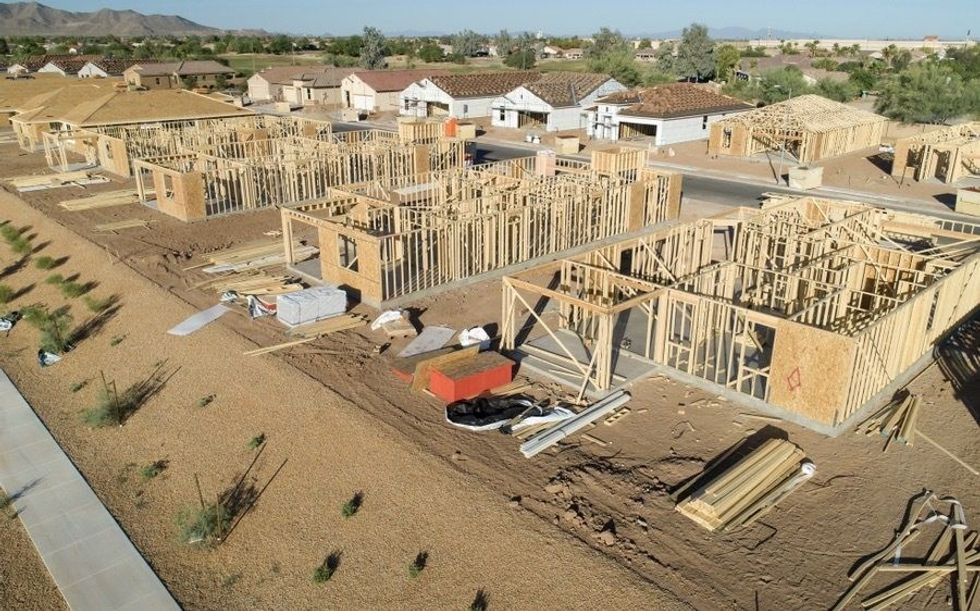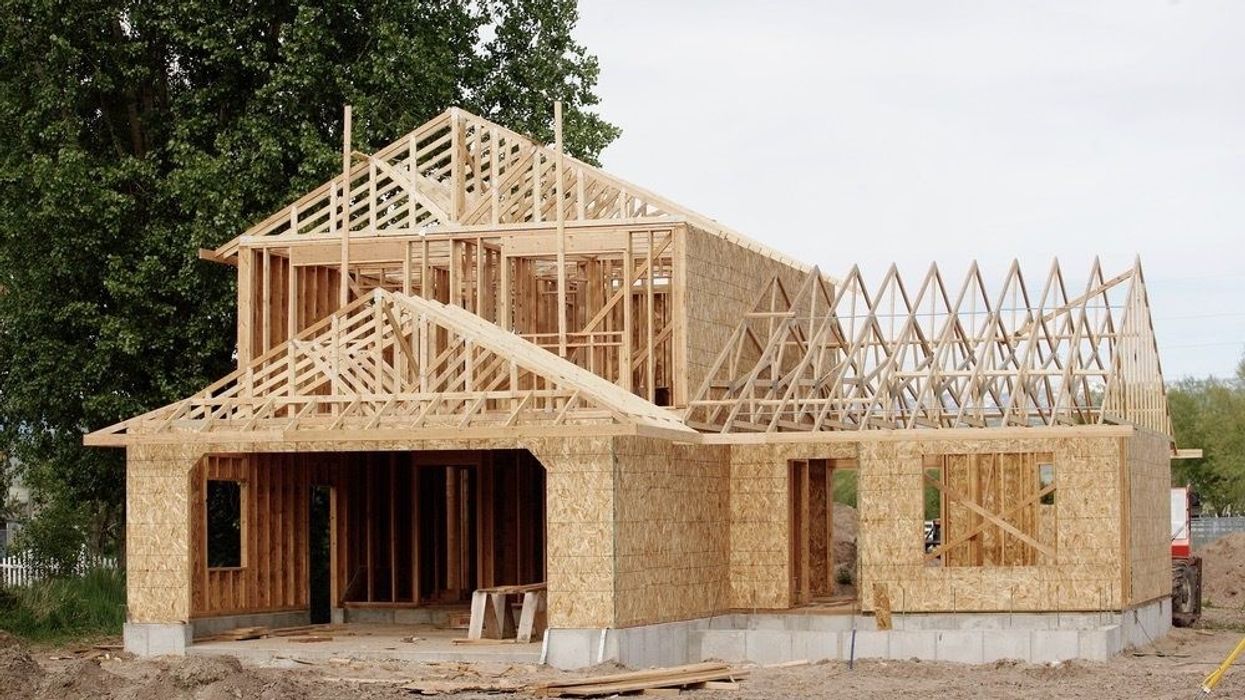Well before COVID, Ontario was already battling a housing crisis. The province's population has been multiplying for years, and the critical need for new homes has left many young families and Ontarians struggling to find a place to live.
To keep up with population growth, including new young families, and to address current and future housing supply shortages, Canada's most populous province will need about one million new homes built over the next ten years, according to new research.
In a new report, titled Baby Needs a New Home, the Smart Prosperity Institute, a think tank in Ottawa, in collaboration with the Ontario Home Builder's Association, reached the number after exploring how many homes and what types of homes would be needed to reach the needs of the anticipated 2.27 million more people who will reside in the province over the next ten years -- a population projection from the Ontario Ministry of Finance.
The report determined that of the one million new homes, 910,000 will be needed for new families, 65,000 units will address current supply gaps in the market, and 25,000 would provide a "cushion" for any other unexpected additional population growth during this period.
READ: Toronto's 'Vital Signs' Report Highlights a Grim Reality on the Housing Front
Of the 910,000 units for new households primarily for couples planning on having children, the report projects that 195,000 will reside in high-rise apartments, and the remaining 715,000 will live in all other forms of housing.
"The goal of building one million new homes in the next ten years presents a challenge for a province whose housing construction rates have led to a supply gap of over 60,000 housing units from 2016 to 2021," said Mike Moffatt, senior director of policy and innovation at Smart Prosperity Institute, and author of the report.
However, Moffatt says the end result is substantial: "ensuring an adequate supply of high-quality available and attainable housing, driving economic prosperity, and enabling climate action. Failure to do so will make it impossible for Ontario to attract and retain the talent it needs to compete in the global economy."

According to the report, Ontario's population grew by nearly one million people in the five years between July 1, 2016, and June 30, 2021, after increasing by just over 600,000 persons in the previous five years.
The population growth dramatically increased the demand for housing, while the rate at which new homes were built stayed virtually unchanged.
This further increased demand from young Ontarians that have started to, or would like to, start a family with no change in supply. This demand has ultimately put upward pressure on home prices and caused a shortage of family-friendly housing across southern Ontario before the pandemic.
The lack of housing supply in the Greater Toronto Area alone has fueled an 18.3% year-over-year increase in average selling price to $1,136,280 in September, according to the Toronto Regional Real Estate Board (TRREB). Subsequently, the board has called on all levels of the government to address the housing supply issue, which they say has reached a 'critical juncture.'
However, last month, a new report from RBC senior economist Rober Hogue highlighted the resilience of the residential construction industry, which has seen housing starts over the past 12 months reach the most substantial level since the mid-1970s and the number of homes under construction at an all-time high.
With housing starts at an all-time high, move-in ready supply remains low due to the average timeline to complete a new build more than doubling over the past two decades, from nine to 21 months, depending on the type.
In larger urban markets, like Toronto, the housing starts were notably lower than smaller and medium-sized markets. In Toronto, housing starts rose by only 1.4% (or 500 units) compared to the 2015 to 2019 average, falling short of the national housing building growth of 26% (or a 53,600-unit increase) relative to the 2015-2019 average pace of 206,900 units.

Surging home prices and the lack of housing options are prompting a number of young families -- primarily made of children under the age of five and their parents -- to 'drive until they qualify.' According to the report, between July 2019 and July 2020, 60,000 people left the City of Toronto and Peel Region in search of family-friendly housing that meets their needs and wants in communities across Southern Ontario.
"Ontario's housing market is a bit like a cruel game of musical chairs where more and more people, and in particular young families looking for room to grow, are leaving more expensive cities and scattering across the province in search of housing," said Mike Collins-Williams, Chief Executive Officer, West End Home Builders' Association.
"We need more housing supply and choice in communities across Ontario. The one million new homes that are needed over the next decade to respond and support young families can only happen if municipal councils approve the necessary mix of housing options in their communities. We need to build up, in and out across Ontario."


















